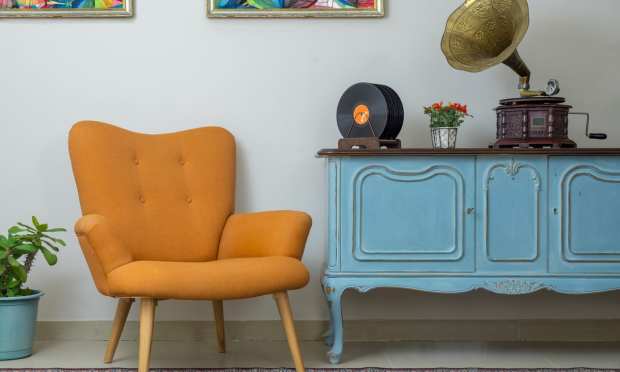1st Dibs IPO Reflects Increased Competition, Demand For All Things Vintage

It may have been overshadowed and outsized by monday.com’s initial public offering (IPO) but the trading debut of the vintage goods seller 1st Dibs has been the week’s surprise winner.
This as the New York-based marketplace that boasts over 1 million pieces of furniture, art and jewelry and likens itself to a Parisian flea market announced Wednesday (June 9) that it had priced $115 million of its shares at $20, and saw them surge 45 percent, valuing the company at more than $1 billion.
The entry into the public company arena by the luxury goods seller comes at a time when demand for IPOs and SPACs is hot and so-called “meme stocks” continue to ride a wave of growing investor speculation.
While those macro trends reflect a confident but complicated market backdrop, 1st Dibs is riding an equally active, albeit narrower, trend that is currently driving unprecedented demand for all things vintage and second hand.
“It’s still very early days in the migration of the luxury market from offline to online,” 1st Dibs CEO David Rosenblatt told Bloomberg, adding that his “long-term vision is to continue to grow as the preeminent marketplace for luxury design.”
Used Is New
Whether it’s home furnishings on Kaiyo or Chairish, or pre-owned apparel and accessories being offered on Poshmark, The RealReal or ThredUp, the timing of the 1st Dibs IPO puts it into a small but active retail segment. Because of the reCommerce trend’s growing popularity with consumers — particularly the coveted Gen Z demographic that’s under the age of 25 — it is unsurprisingly also grabbing the attention of Wall Street investors looking to get in on the action.
The most recent, and largest example of this burgeoning business model was Etsy’s $1.6 billion acquisition of 10-year-old British secondhand fashion site Depop last week.
According to the announcement, Depop’s gross merchandise sales on its platform more than doubled last year to $650 million, earning it $70 million in revenue, while earning a spot amongst the top-10 most visited shopping sites among Gen Z consumers in the U.S.
Even so, Etsy said it expects to use its own expertise and financial clout to scale the business, calling Depop an early-stage business in which it expects to drive further growth and profitability, noting the startup’s existing resale partnerships with Adidas, Ralph Lauren and other fashion brands.
“We’re on an incredible journey building Depop into a place where the next generation comes to explore unique fashion and be part of a community that’s changing the way we shop,” Depop CEO Maria Raga said, before highlighting the platform’s success in creating a new fashion system that elevates the trend of making new looks out of old clothes. “They come to Depop for the clothes, but stay for the culture,” she added.
I Call Dibs
1st Dibs may be new to the stock market but it has been around for almost a decade under Rosenblatt’s watch. As such, the company has built a platform and model that it says differentiates itself from other luxury goods marketplaces by offering a safe place and direct way for buyers and sellers to meet and negotiate prices as well as streamline post-sale activity like shipping, insurance and returns.
According to its website, customers can browse an eclectic, high-quality collection of more than a million pieces that its in-house experts curate and update weekly with thousands of new items.
On the sell-side, 1st Dibs has built relationships with trusted professionals from around the world and also offers services like “Price-Match Guarantee” and “Buyer Protection” to put customers at ease.
“Unlike auction sites, we empower shoppers to interact directly with sellers and make immediate purchases securely,” 1st Dibs said.
